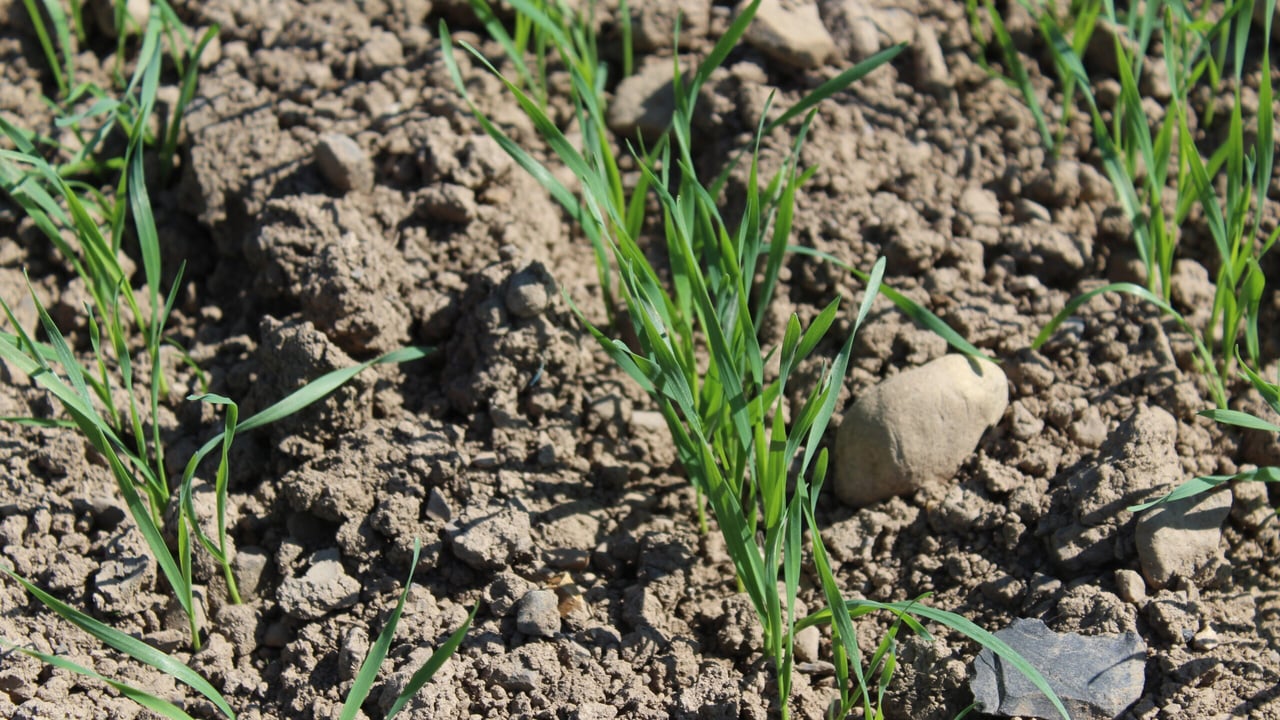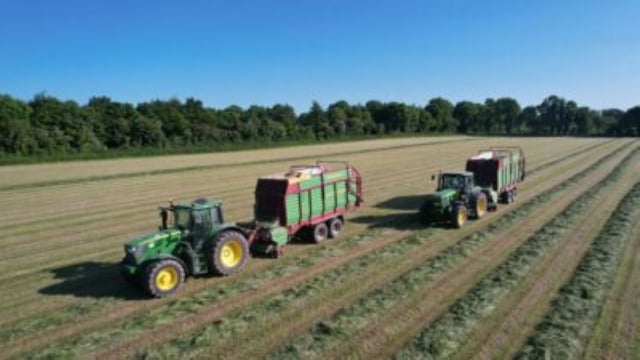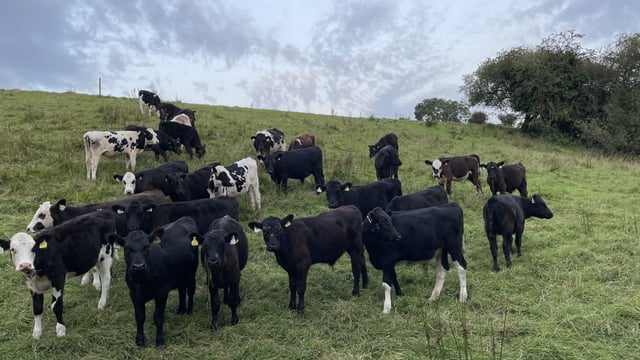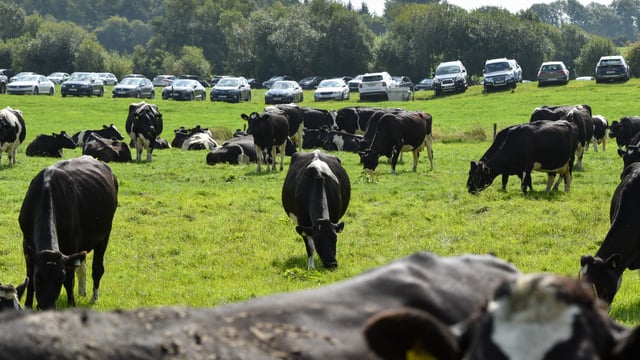Tillage: Sowing of spring crops almost complete
There is little doubt that the rain showers of recent days will have enhanced the growth rates of all spring crops.
According to Teagasc, the sowing of wheat, oats and beans is now almost complete, given the favourable weather in March. This just leaves the drilling of some spring barley in later areas.
It’s a case of increasing barley seed rate as crops are drilled into April; growers should aim to sow approximately 350 seeds to establish 300 plants.
Where the sowing of fertiliser on spring cereal crops is concerned, a number of points must be addressed.
Firstly, it is a case of selecting a suitable fertiliser to deliver sufficient seedbed nitrogen (N) for early establishment and sufficient phosphorus (P) and potassium (K) for crop yield.
Numerous P trials in spring barley indicate the benefits of placing P fertiliser on P Index 1 soils. Moreover recent work in spring barley has shown that higher rates of K (80-100kg/ha) can also help to reduce brackling in barley.
Growers can reduce chemical fertiliser rates where organic manures have been applied. As a rule of thumb, approximately 30% of a crop’s N requirements can be applied at sowing.
It is then a case of applying the remainder of the N at mid-tillering or split as follows: two-thirds at early tillering and the remaining one-third by growth stage (GS) 31/32.
Taking this approach reduces the risk of N loss in feeding barley.
For malting apply all top dressing should be applied as soon as tramlines are visible.
It is important to examine crops closely for signs of manganese deficiency and treat as soon as symptoms appear; tillers can be lost very quickly and the crops will not have time to recover.
March-sown crops do not need an aphicide, except in areas with a history of Barley Yellow Dwarf Virus (BYDV) or near the coast.
April/May-sown crops should receive an aphicide at the three- to four-leaf stage. Growers should use full label rates to get best control but monitor after spraying to assess for resistant aphids.
Early application of a herbicide (four- to five-leaf stage) using reduced rates will save money when it comes to controlling weeds in spring cereals crops.
Best results are achieved when the weed and crop are growing actively.
The weather before spraying influences how well the weed takes up the chemical.
Where wild oat control, is concerned, pinoxaden (Axial Pro 0.6L/ha) or fenoxaprop (Foxtrot 0.8L/ha) can be applied with certain herbicides. However, growers should check labels for restrictions.





